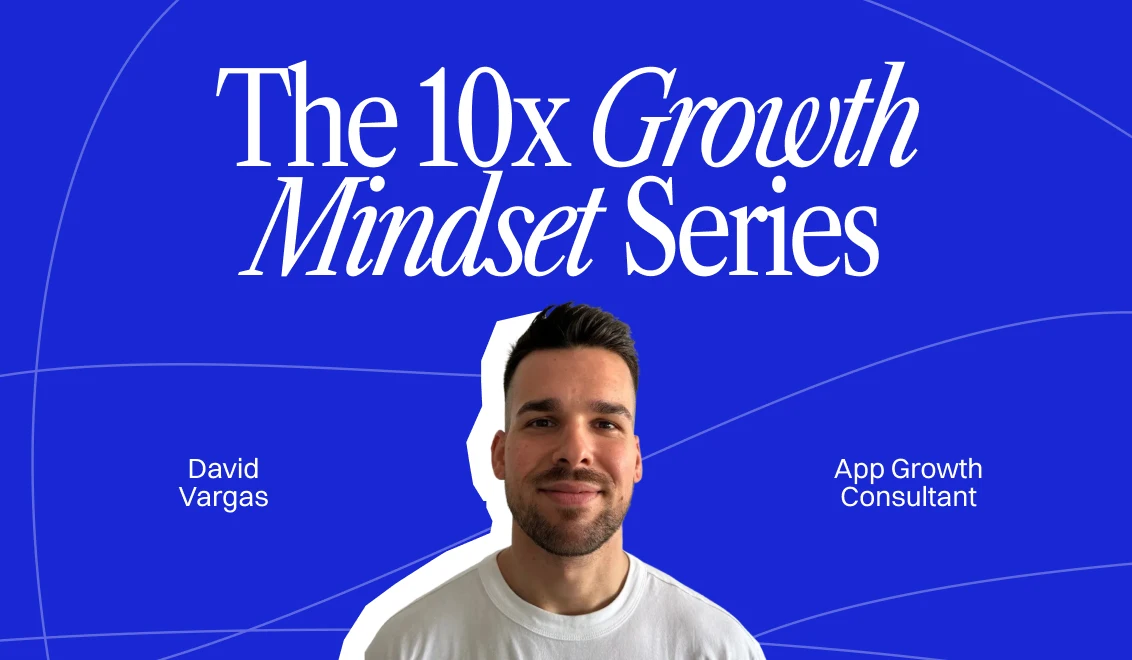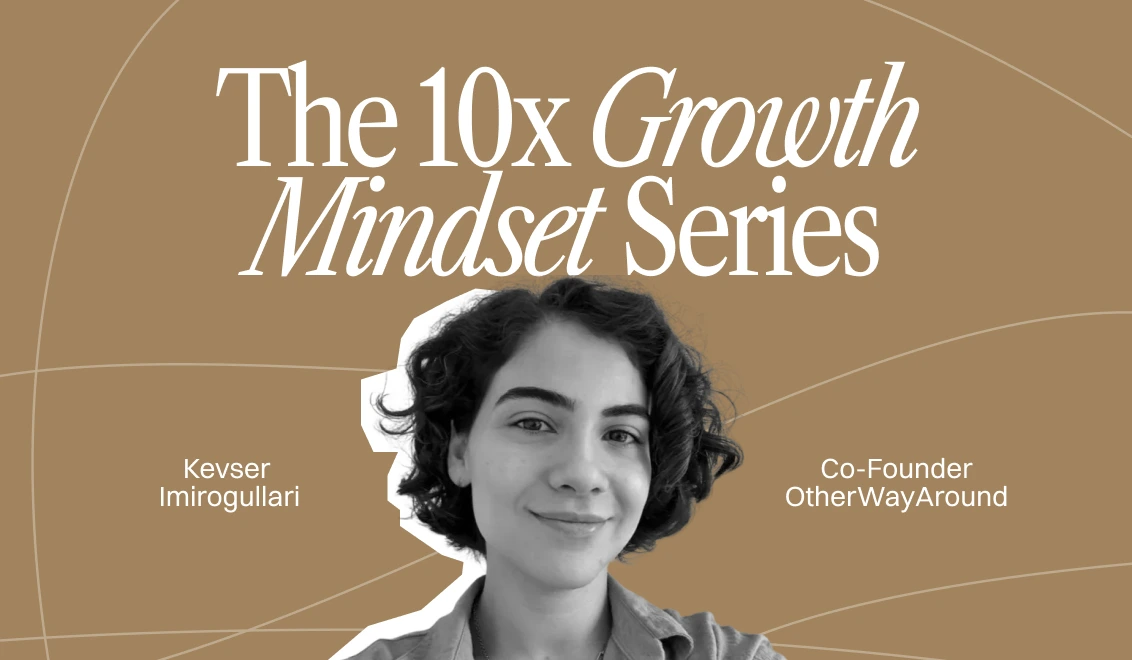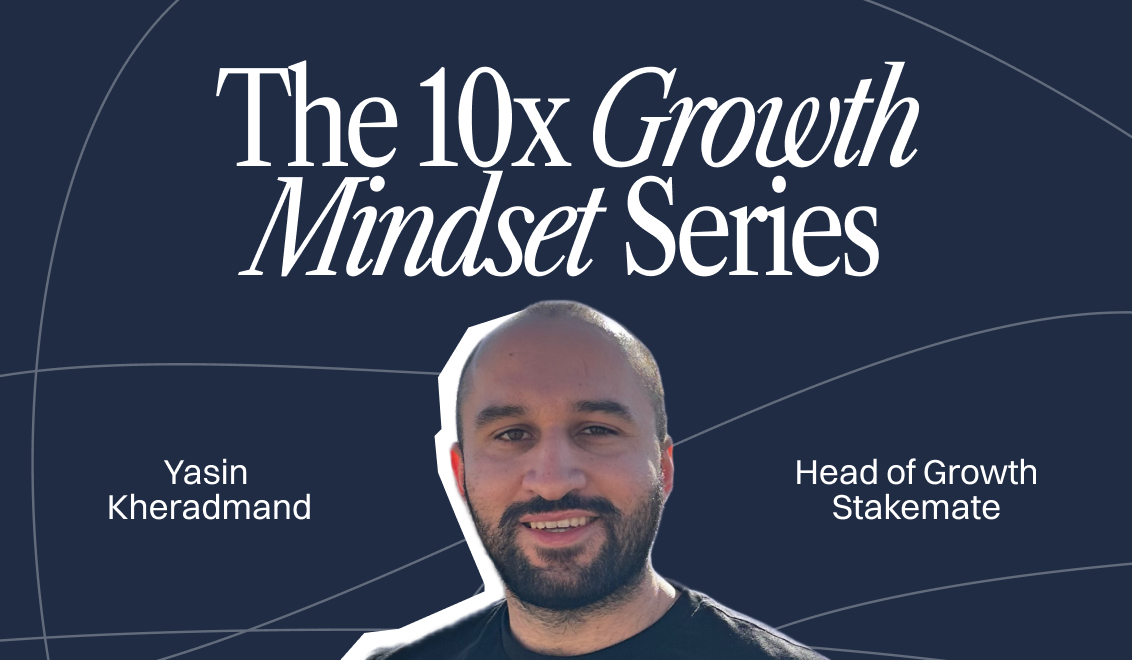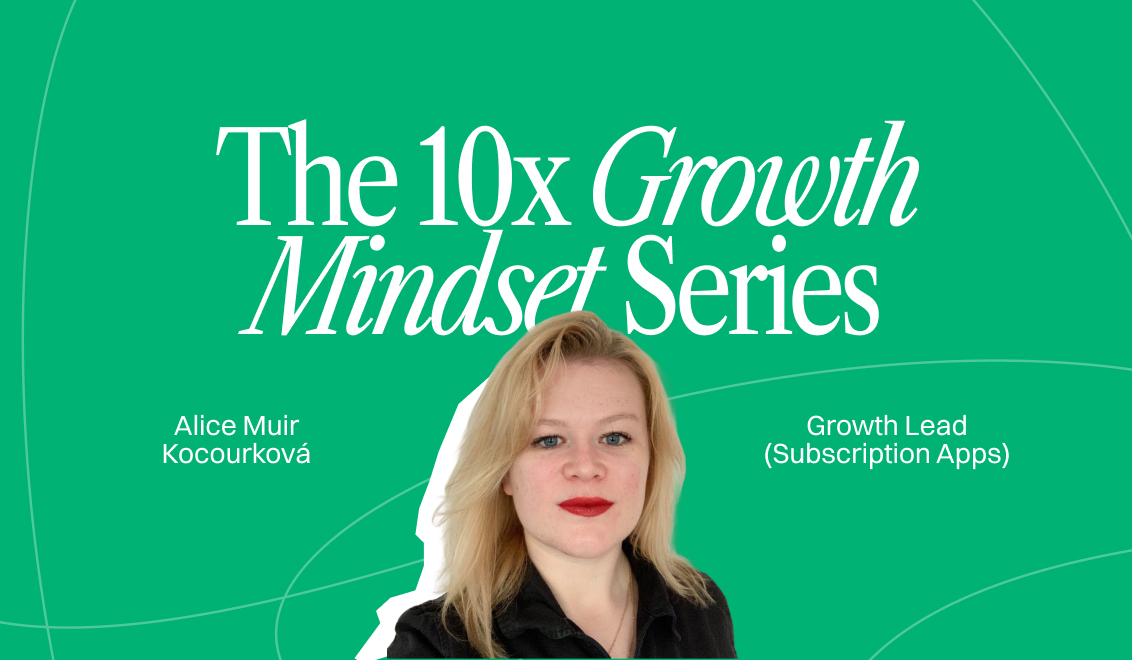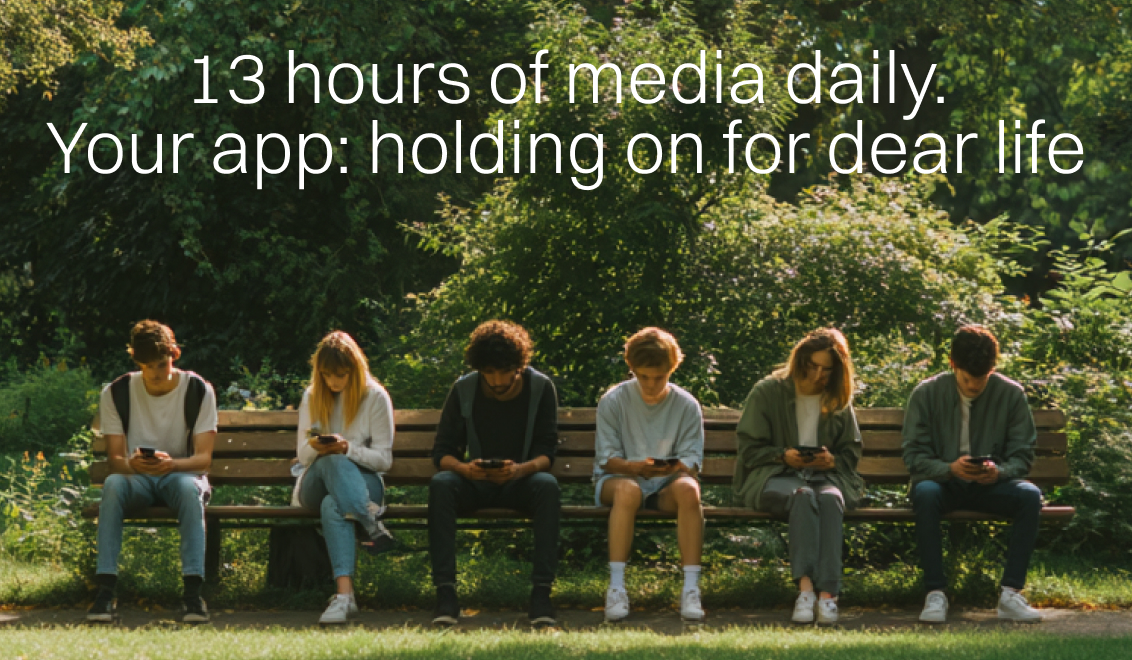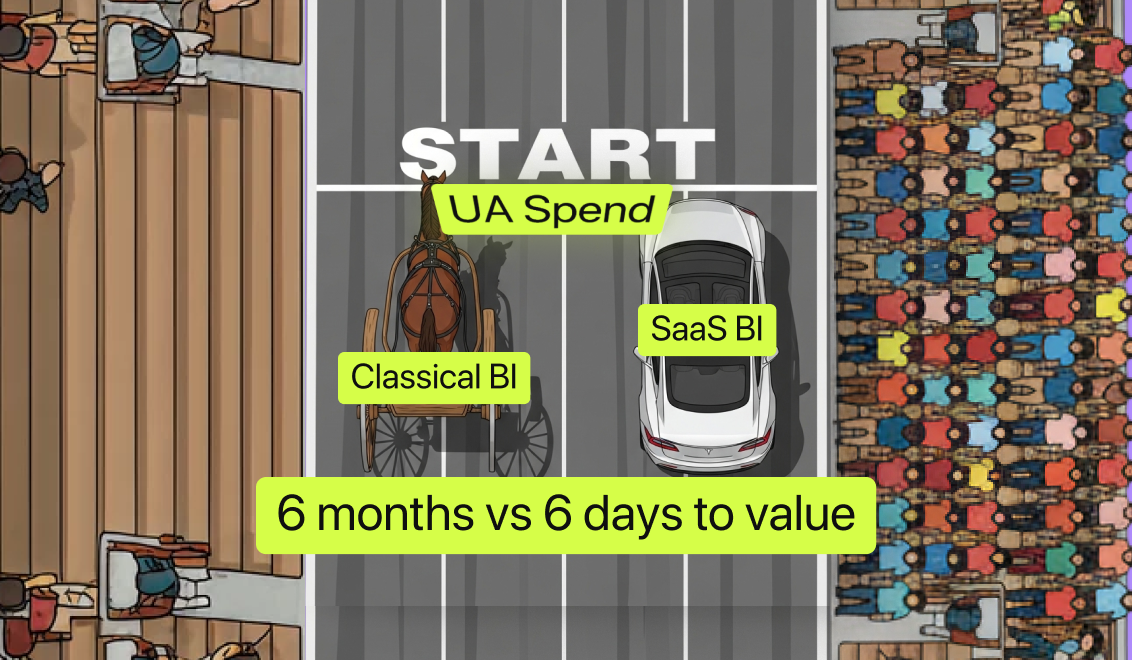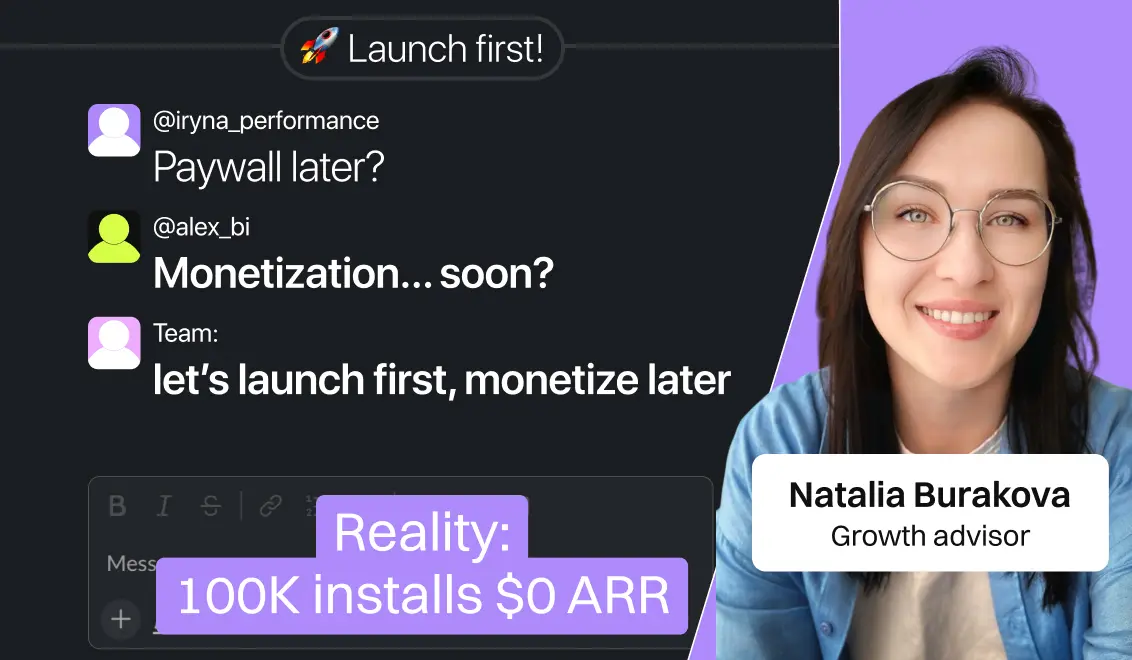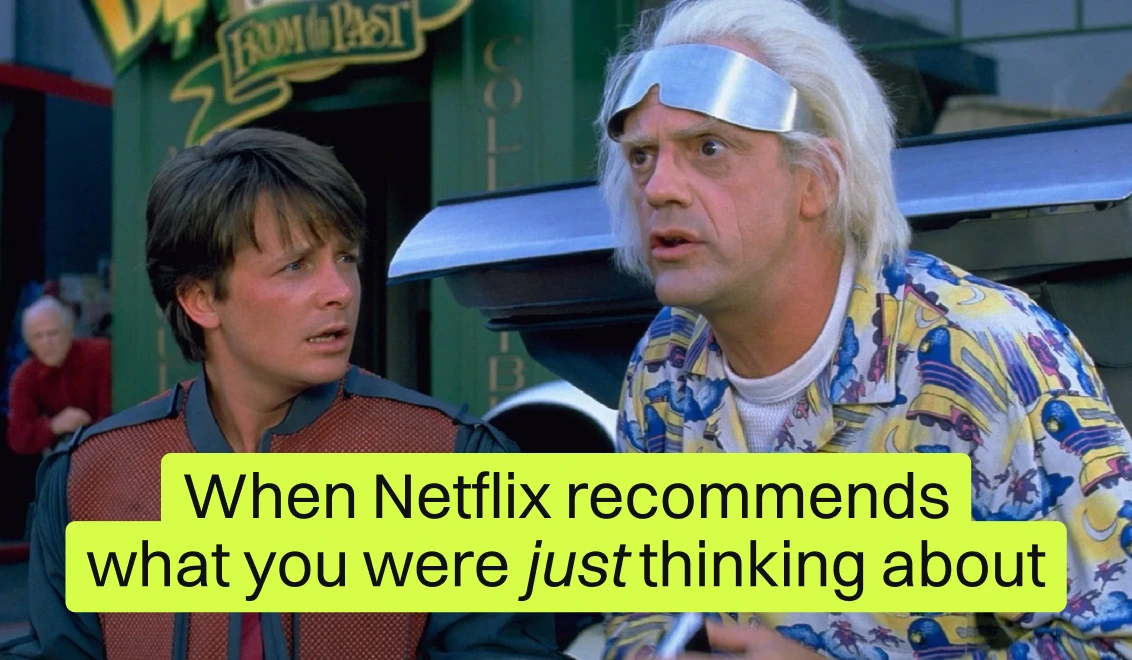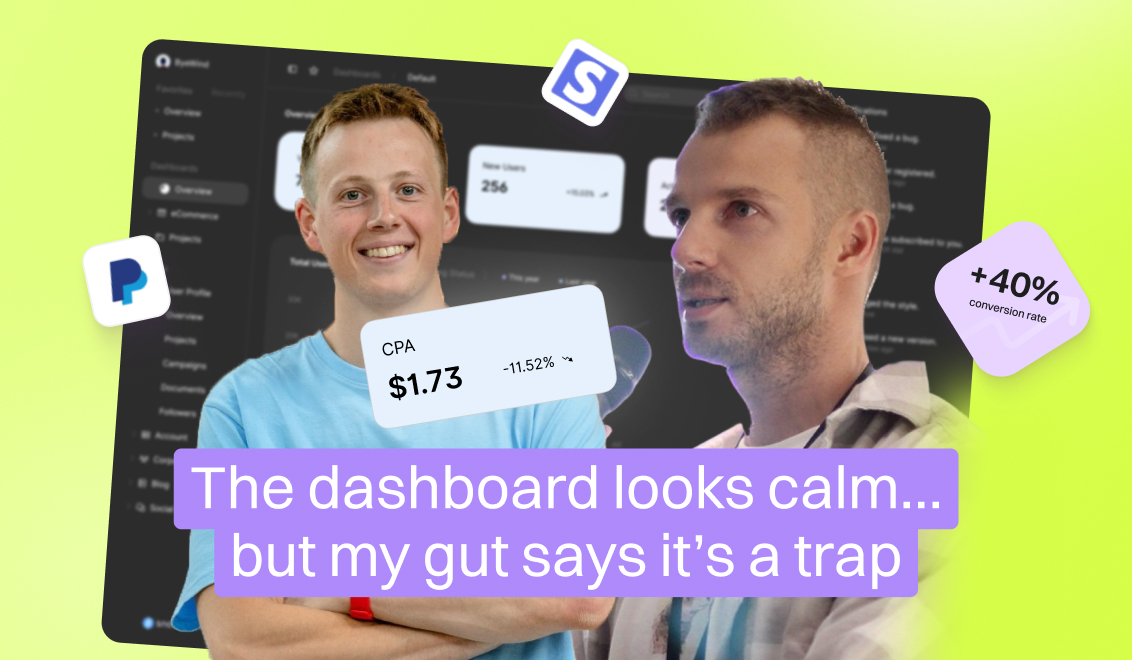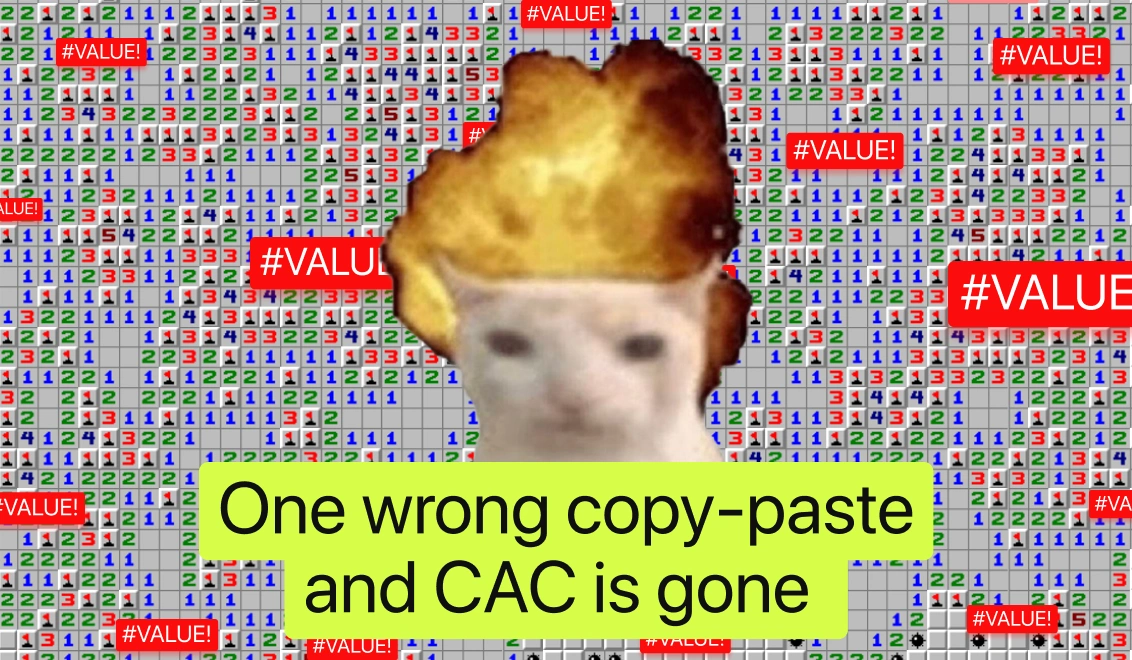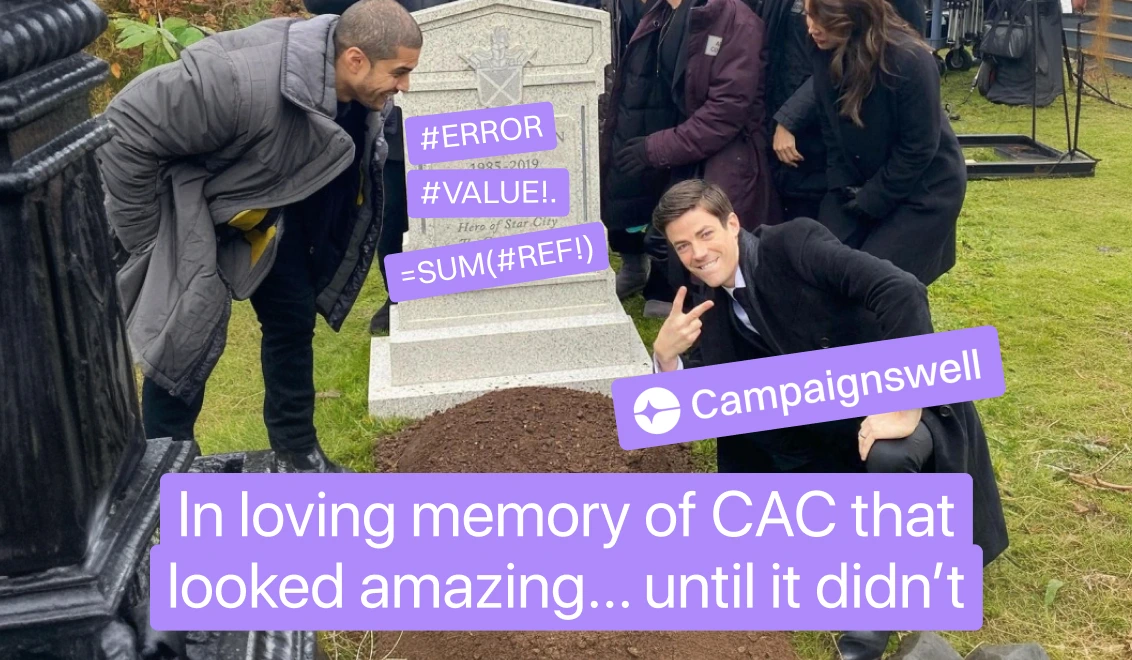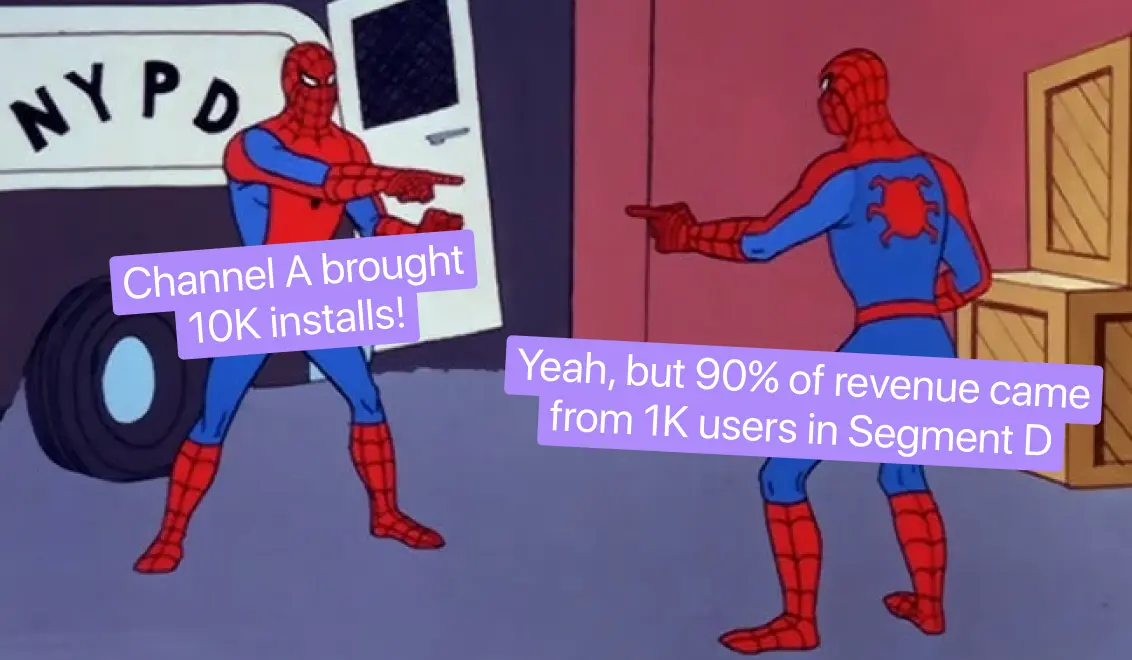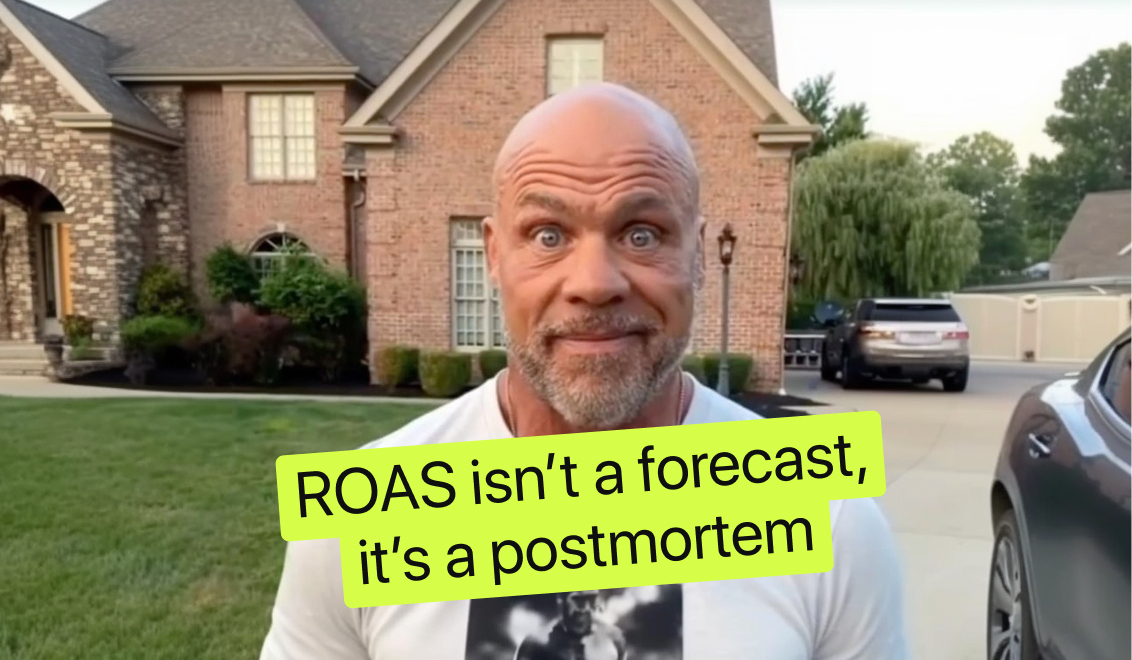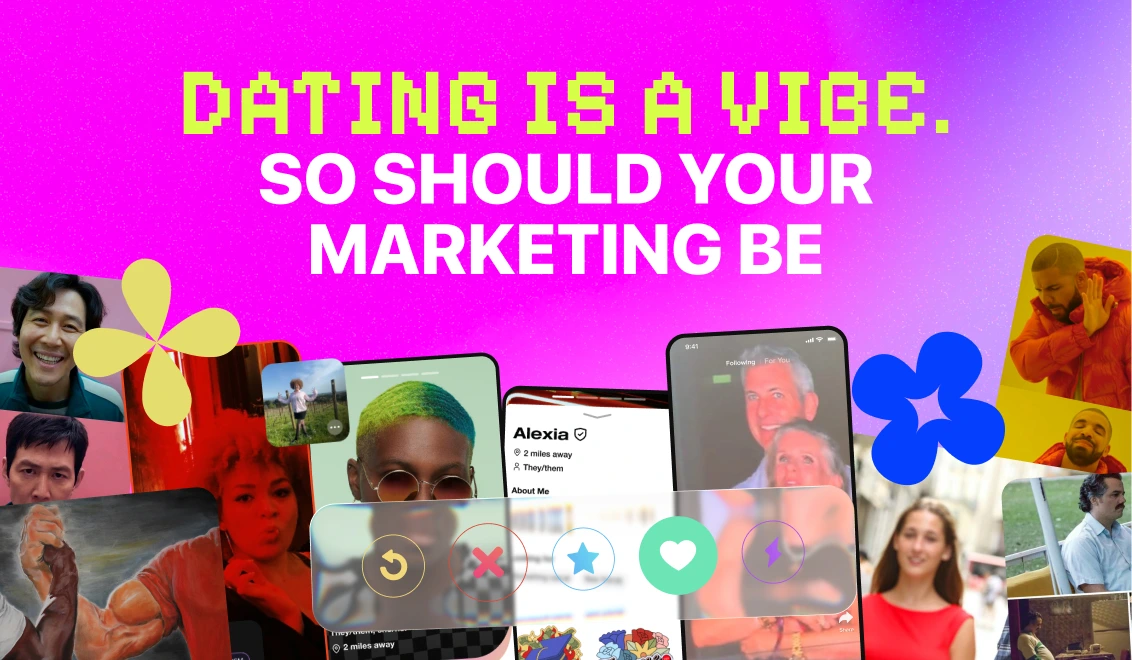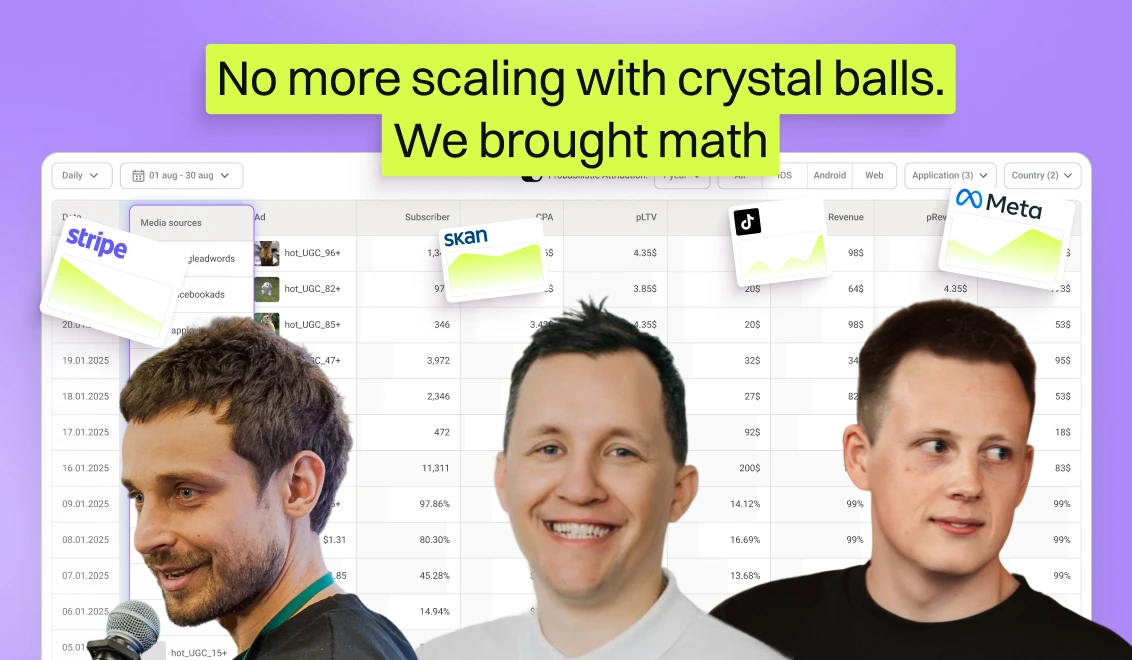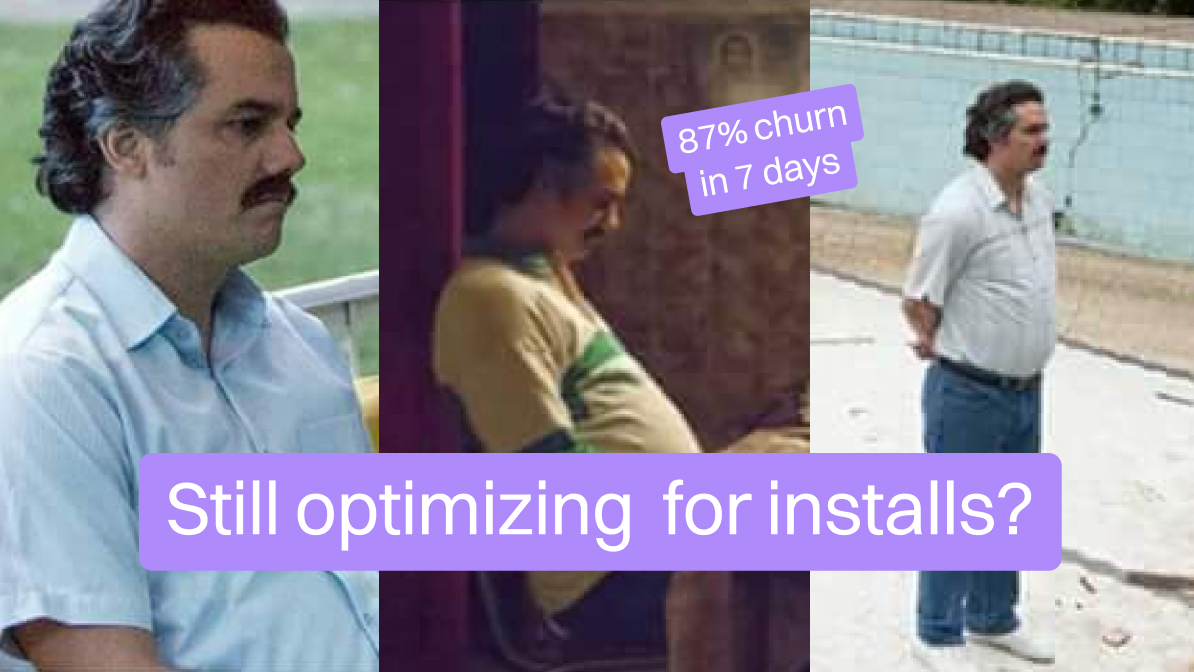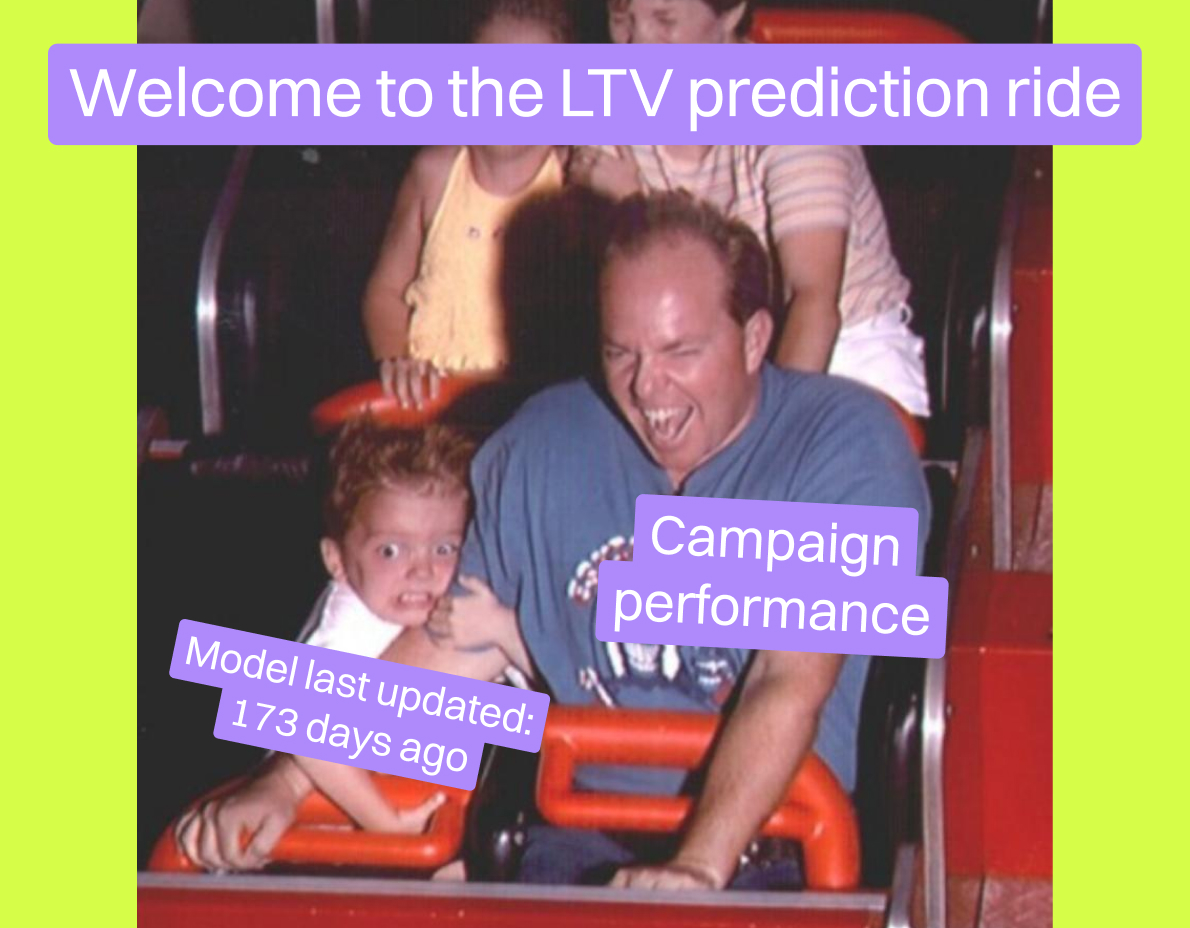The 10× Growth Mindset: Inside the tactics that push apps past growth ceilings
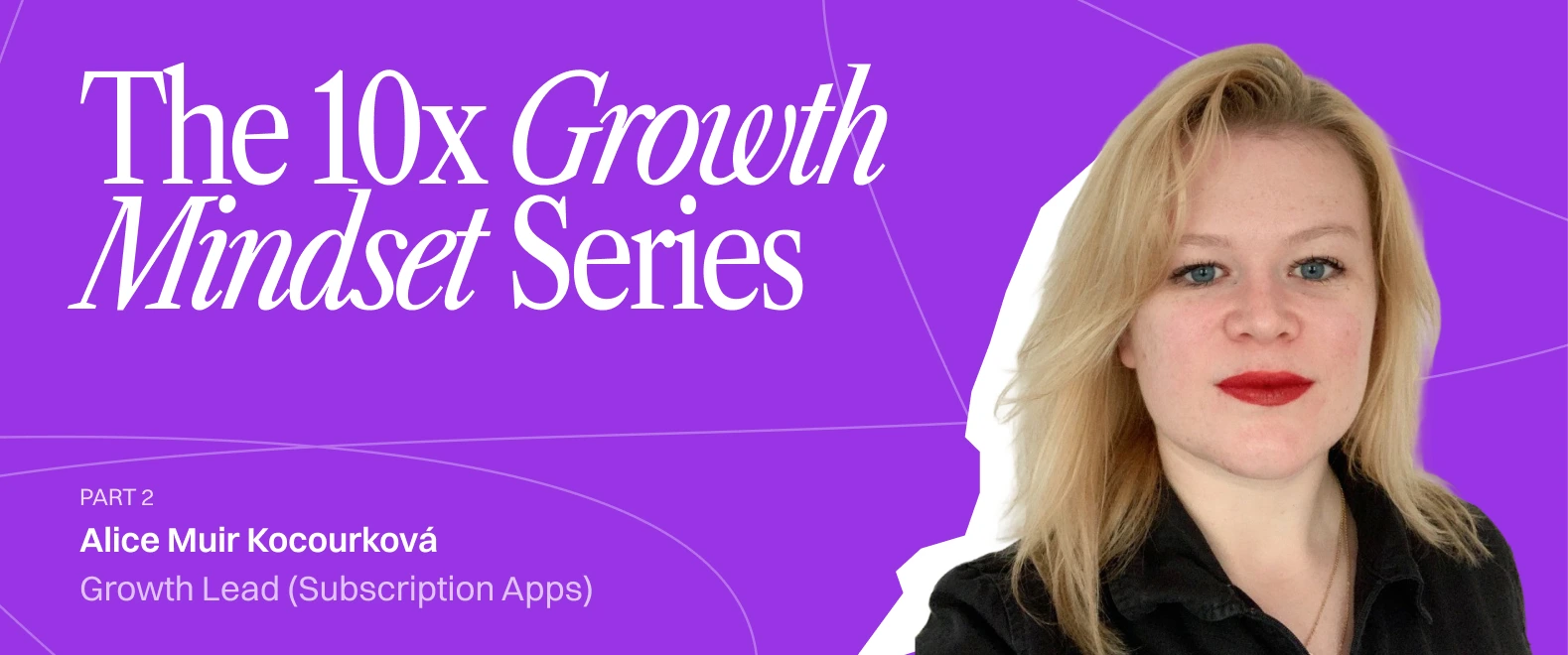
Hey again. Welcome to Part 2 of our interview with Alice Muir Kocourková, part of the 10× Growth Mindset series.
Quick recap: 10× Growth Mindset is our running project to unpack how some apps manage to scale like crazy while others stall out. We’re talking with sharp operators who’ve seen what works and what doesn’t across dozens of mobile subscription funnels.
Alice is one of those people. She's built growth machines for brands like Headspace, VSCO, and Adobe, moving easily between lifecycle, paywalls, and performance. She’s fluent in the numbers and the product moves behind them.
In Part 1, we zoomed in on strategy: mental models, frameworks, and what separates apps that break through from ones that flatline. You can read that here.
This second half goes hands-on. Pricing that flexes, paywalls that actually convert, churn that stops compounding — scroll on to see what Alice thinks really drives 10× growth.
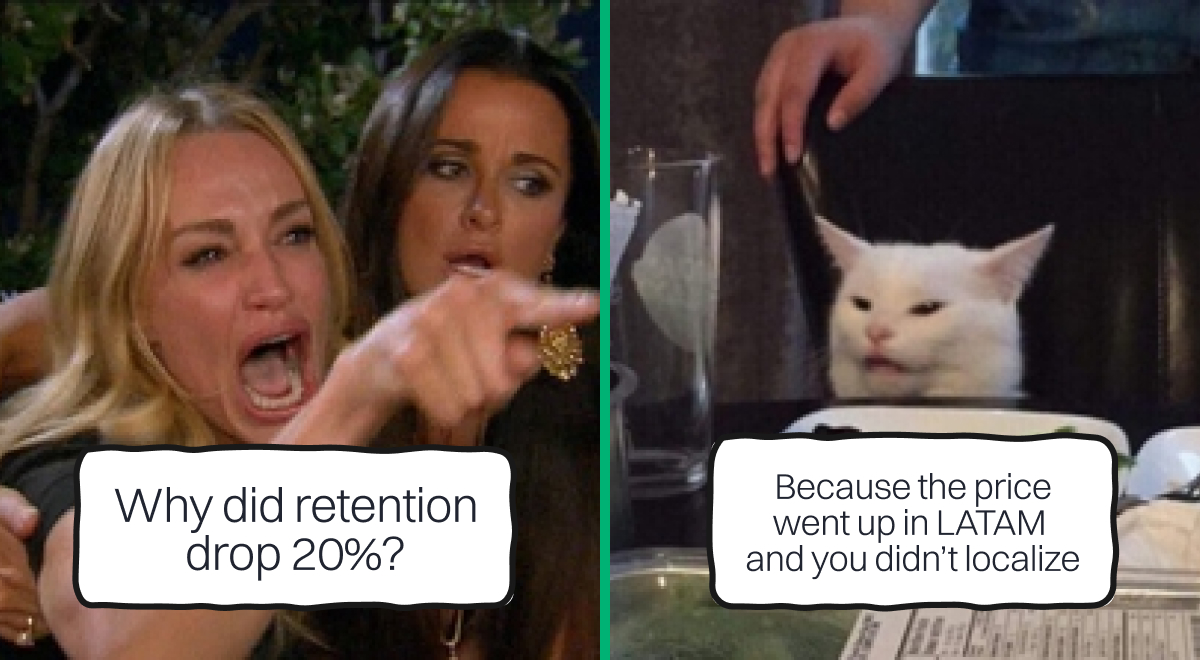
Pricing for 10x
Campaignswell: How should a team think about pricing when their goal is 10x growth? What’s the role of experimentation versus long-term positioning?
Alice: Treat pricing as a living initiative that never really ends. Start by benchmarking against market medians. I often see apps set the number they wish they could charge, without checking where the category actually sits or what competitors do. Grounding the price in real medians sounds obvious, yet it gets skipped.
Next is localization. Don’t lean on automatic conversions in App Store Connect or Google Play. Those systems convert USD into local currency, they don’t account for purchasing power in places like Brazil or any other market you’re targeting. Build a view of what customers in each country can reasonably pay. I always point teams to published subscription reports from industry tools, because they aggregate client data and show where medians land by market.
Then keep testing. Start at the median, watch the data, and run simple elasticity checks. Move the price about ten percent up or ten percent down, see how conversion and revenue respond, and narrow in on the sweet spot over time.
Campaignswell: Сan you share an example where aligning pricing to actual user behavior, whether seasonal or not, unlocked major growth?
Alice: Yes, absolutely, I can share a couple. Take ClassPass. It’s a subscription with a set number of credits each month for studio classes, gyms, and wellness. At the end of the month they look at actual usage and suggest a plan that fits: if you burned through credits quickly, they recommend moving up; if you left credits unused, they nudge you to a lower plan. That “right-size to behavior” loop is smart because heavy users get enough capacity, and light users avoid overpaying — churn risk drops on both sides.
Another good example is pauses. During COVID a lot of fitness and exercise apps introduced the option to pause a subscription. It takes real development work, yet it aligns with how people use the product: during a low-use period, such as a lockdown, travel, or a seasonal dip, pausing beats canceling. Align pricing and plan mechanics with real behavior, and growth stays healthier over the long run.

Paywalls that move the ceiling
Campaignswell: What’s the most impactful paywall change you’ve seen that helped an app break through a growth ceiling?
Alice: One of my favorite wins came from a simple idea we used at Phiture. We had a no-code in-app messaging tool called B.Layer. You could treat those messages like a proxy paywall and pull in user attributes, so the screen a person saw changed based on their behavior or intent. Teams in the space have been pushing this further by tying it to custom product pages.
For example, if an ad brings someone in for sleep content, think Headspace showing a sleep ad, the onboarding and the paywall should lean into sleep rather than a generic pitch. Personalized paywalls tend to improve conversion.
Early conversions vs. LTV: which matters more when you want 10x?
Campaignswell: When chasing 10x growth, what matters more: lifting initial conversion or maximizing LTV through retention?
Alice: Stage shapes the answer. If 10× is the goal and acquisition is already stable, LTV wins. The biggest breakthroughs come from reducing churn, lowering refund rates, lifting month-long retention, and repositioning annuals as higher-value offers. That’s where growth starts to compound.
For a very early-stage product, lean into the top of the funnel first: bring people in, tighten onboarding, raise trial starts, and improve trial-to-paid. Think of it as basic funnel logic: without users at the top, there’s no one to retain. Once that base is flowing, shift focus to retention so the gains stack over time.
Early retention and churn
Campaignswell: Many apps underestimate what happens right after conversion. In your experience, what early retention moves make the difference between linear and exponential growth?
Alice: The first hours after conversion decide the story. There are so many distractions out there, even Netflix competes with TikTok and Instagram for attention, so you need to deliver a clear value proposition and an obvious activation path fast. Aim to get people using the product within the first 24 hours. Well, I would say the first hour to the first 12 hours, you really need to be getting them using the product. If someone downloads the app and doesn’t really “get it,” they drift, and it’s very unlikely you'll bring them back. Focus those early touches on helping them do something real in the product while motivation is high.
Campaignswell: What role does churn play in limiting or enabling 10x growth for subscription apps? How should founders think about it strategically?
Alice: Churn is a silent killer because you can’t outspend high churn forever. The market has a ceiling, and if you keep acquiring users who don’t stay, you burn through the opportunity. Think about churn by reason: how many people leave because of cost, how many because of unmet needs, and how many because of technical frustration like bugs.
I ask teams to read App Store and Play Store reviews continuously because they surface problems fast. I also recommend an in-app NPS survey with an open text field that pipes into a live dashboard. You see low scores, you see the “why,” and you can run a quick sentiment analysis to size cost-related churn versus other themes, then set priorities accordingly. There will always be a slice of users who dislike paying for apps; the question is the percentage and how it compares to other complaints.
Campaignswell: What is a normal percentage of churn driven by price?
Alice: I usually expect less than 20 percent of churned users to mention price. When that share climbs to thirty, forty percent, it’s a sign to revisit pricing and packaging. This also varies by audience. Younger users tend to have less disposable income, so price pushback shows up more often, think audiences you acquire primarily from TikTok, or products like a pocket studio recorder or some of the newer AI apps. But if you've got an older audience that you know has like 50s 60s age group, I would expect complaints about that to be less.

Segmentation that pays
Campaignswell: With everything getting harder like privacy, competition, CAC what does a team need to focus on to grow right now?
Alice: Privacy changes, tougher auctions, rising CAC — all of that makes user data harder to work with, and it’s a big topic right now for acquisition specialists. The bright spot is retention, because you operate on first-party data the company already owns. When I optimize onboarding, I look at in-app behavior: where people drop off day by day, which screens slow them down, what they do in the first session. This isn’t data from Meta or anyone else; it lives inside the product, so you can move faster and with fewer constraints.
First-party data also lets you segment by intent and behavior in a meaningful way. You can see who comes for one use case, who behaves differently, and shape the journey accordingly. The main wrinkle appears with younger audiences. If you work on brands like LEGO or kids’ games, onboarding questions about the person, like name, age, and similar, sit in a sensitive area, so you keep them minimal. With adult audiences, you have more room to ask what you need and tailor the experience.
So with everything getting harder, lean into the places where you still have a clear signal: instrument the product, read the onboarding funnel carefully, use first-party data for intent-based segmentation, and keep the early journey tight enough that people feel the value quickly.
Campaignswell: You’ve said on your LinkedIn it’s better to build personas around intent and usage, not demographics. Why does that work better for growth?
Alice: A simple example is PDF scanner and editing apps. You’ll see heavy, frequent use from people in secretarial or admin roles and from small business owners who scan and edit all the time. Then there’s a very different group—a student or a casual user who scans once a year to sign a contract. Those two patterns call for different journeys and different pricing. It makes little sense to show the once-a-year user a $39.99 annual by default. For utility products in particular, mapping to the level of use case, then adapting pricing and the onboarding experience to those personas, tends to work better than broad demographic buckets.
Campaignswell: So, what is the smartest way to think about audience segmentation if you want to grow?
Alice: Segment by intent first. Aim to move high-intent, frequent users onto annual plans so revenue compounds and payment fatigue stays low. For mid-intent users, shorter terms like monthly tend to perform better than weekly. Weekly plans often trigger payment fatigue because people see the charge every week and churn rises. For low-intent dabblers, look for alternate paths: ads, a lighter plan at a lower price with trimmed features, or one-off in-app purchases rather than a subscription. Purchasing power matters as well, so shape offers by market. In short, break the base into high, mid, and low intent, guide each group to the plan that fits how they actually use the product, and keep flexible options for the lightest users.
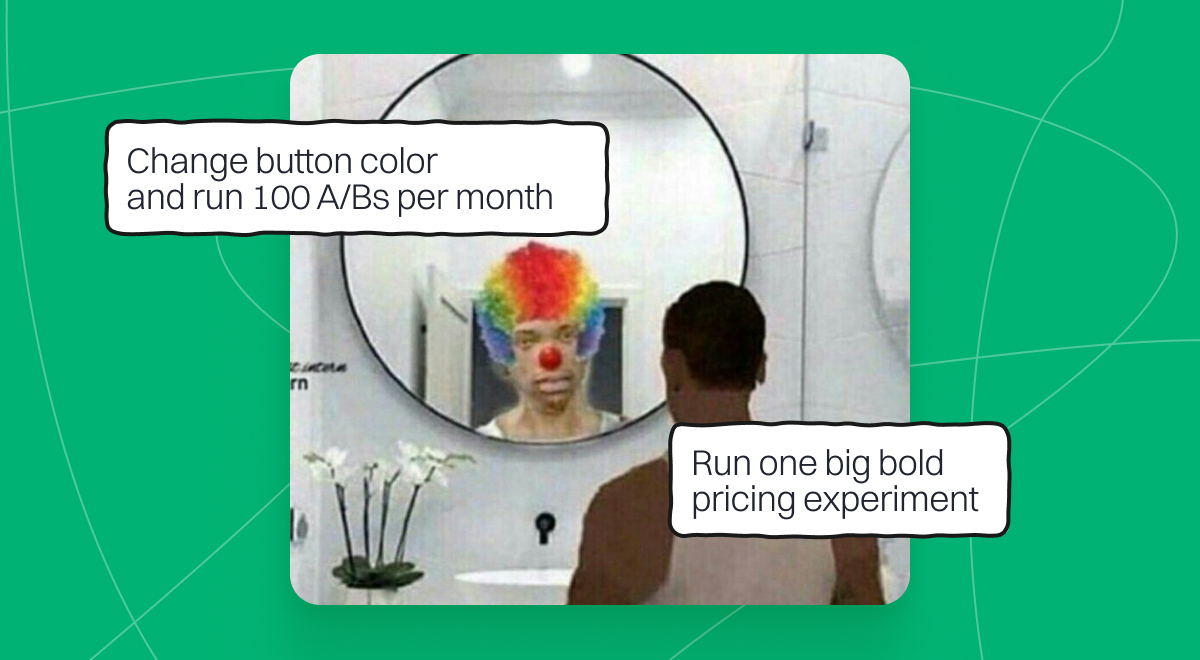
Team and tools: the minimum to move fast
Campaignswell: From your experience, what operating setup actually works: the roles you’d put in a growth pod and the tooling you consider non-negotiable?
Alice: Start with a dedicated growth pod. One team, cross-functional by design: a growth designer, a growth analyst, a developer who sits close to the pod as your point of contact, and someone like me — a growth marketer. That lineup lets you move fast. If a paywall needs redesigning, design is right there. If you need deeper analysis, the analyst is in the room. You’re not knocking on doors across the company to borrow people’s time.
Keep the pod pointed at one core metric that reflects company priorities. If install-to-trial and trial-to-paid look healthy against market medians, shift the North Star to month-one retention and focus the whole team on getting people to stick. That shared target keeps execution tight.
Tooling makes or breaks speed. At minimum you need a product analytics tool, an A/B testing tool, and, ideally in the same stack, messaging for in-app and lifecycle.
No-code options help a lot, I mean a paywall platform like Superwall so the team can build and iterate without waiting on a new release. Just as important, wire the stack so tools talk to each other: pipe events from product analytics into your A/B tool. Make sure the MMP and analytics stay in sync so numbers line up everywhere.
The last piece is pace. If the team isn’t comfortable moving quickly, everything slows and results are hard to get. The pod model, a single metric, the right tools, and clean data flows, that’s the minimal setup that lets a subscription app actually grow.
Predictive analytics: when it helps and when it does not
Campaignswell: How do you see predictive analytics fitting into 10x growth strategies? Are they central, or more of a supportive layer?
Alice: Early in my career a lot of teams were trying to crack predictive analytics, and with today’s AI the pace is clearly accelerating. The challenge has always been accuracy at smaller scales. For many early apps the volume just isn’t there; the models tend to need hundreds of thousands, even millions, of users before they become reliable.
When the scale and tooling are in place, I see predictions as a powerful supportive layer. Use them to act before problems show up. If a model says someone is likely to churn after the first week, step in right away with a retention move: send relevant content, make a well-timed offer, or in some cases grant an extra month to keep them engaged. If a user looks low risk at renewal, keep them on the current plan without adding friction. I don’t actively use predictive models in my work right now, though I’m keen to adopt them where accuracy justifies it. The core idea is simple: let predictions guide who you talk to, when, and with what value, so retention and revenue decisions land at the perfect moment.
Five-year view: what still matters, what fades
Campaignswell: If you think five years ahead, what will still matter in growing subscription apps and what will be outdated by then?
Alice: A clear value proposition will still matter, even with AI everywhere. The product needs to spell out what it helps people achieve and at a price that makes sense. Retention and pricing fundamentals stay on the table too. If the price feels off, people won’t buy, so getting the number right remains essential.
What fades is the habit of leaning on broad demographic targeting. The industry is already shifting to AI-driven personalization in retention, with campaigns that respond to real behavior rather than broad segments like “all users in France who meditated.” As tools get better, that kind of precision becomes the default.
The teams that win build diverse monetization strategies, keep growth loops ethical, and stay product-first. The question doesn’t change: are you building something people actually use, and how do you keep adding real value over time?
P.S. What’s Campaignswell, anyway?
We’re the command center for performance marketers chasing clarity, not chaos.
Campaignswell brings all your UA, subscription, and revenue data into one clean, predictive view, so you can stop toggling between dashboards and start scaling what actually works. Think real LTV forecasts, paywall-level insights, and cohort-level ROI, without the BI backlog or spreadsheet gymnastics.
If you’ve ever squinted at conflicting numbers and wondered “what do I scale next?”, yeah, we built this for you.
f your dashboards don’t tell you what to do next, ours will. Demo is here.

Co-founder & CEO at Campaignswell


